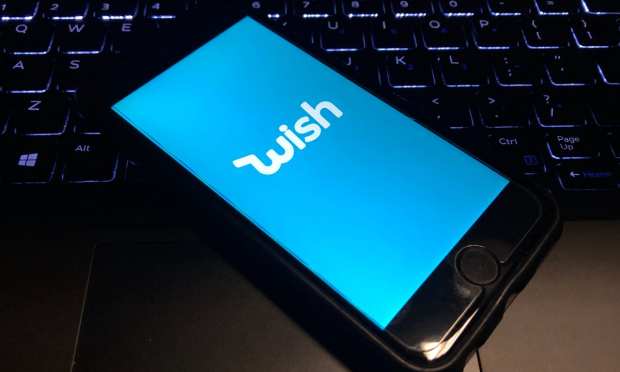Wish Gains Dutch Central Bank Payments License, Eyes EU

The European Union spans 27 countries and nearly 447 million people – which, to put it mildly, implies a significant number of payments.
To that end, ContextLogic B.V., which operates as a Dutch subsidiary of ContextLogic Inc., and does business as the eCommerce platform Wish, has been granted a payment services license by the Dutch Central Bank.
We contend that a payments service provider, operating in one country in that bloc, would find an entrée into the rest of the continent a consummation, as the Bard would say, devoutly to be … wished.
And that license, the company said in an announcement Tuesday (July 6), will enable the company to process transactions — directly on its platform — across a broader swath of the union.
The company said that it would use the license to pay EU merchants directly. Wish, the company said in the release, will “explore other payment services in the future.”
The passporting angle makes it easier to reach critical mass and, importantly, connect cross-border commerce. Passporting refers to the practice wherein the one firm in the EU “zone” can do business elsewhere without getting a country-by-country authorization. Just as trade between nations would be rendered a bit more streamlined, so too would payments and financial services. Building a multinational presence in the EU relies, in part, on passporting and would pave the road for Wish — which traces its genesis to San Francisco a decade ago, per the company’s site — to boost its global footprint.
The firm, which provides a mobile-centric consumer experience for 100 million monthly active users, and half a million registered merchants (and where items are heavily discounted), would perhaps seem eager to want to bring payments more directly in-house — adding another set of revenue streams for Wish.
After all, as noted often in this space, platforms are broadening so that payments are becoming part of the experience, syncing offerings, prices, and payments. But it is the app that provides the digital “front door” that brings the consumer and merchant together from far-flung locales, time zones, and currencies. But as PYMNTS has reported, small-to-midsized businesses (SMBs) still have been waiting weeks to receive payments from their online marketplaces, in an age when browsing and clicking to pay, at least from the consumer side of the equation, are done in little to no time at all.
By bringing payments closer to the merchant — by paying them directly — the merchant can ostensibly gain more transparency in cash flow and Wish cements loyalty to its site. The verbiage “other payments services in the future” may hint at embedded payments or localized payment methods, both reflective of the expectations of consumers (and the firms that serve them) amid the great digital shift.
